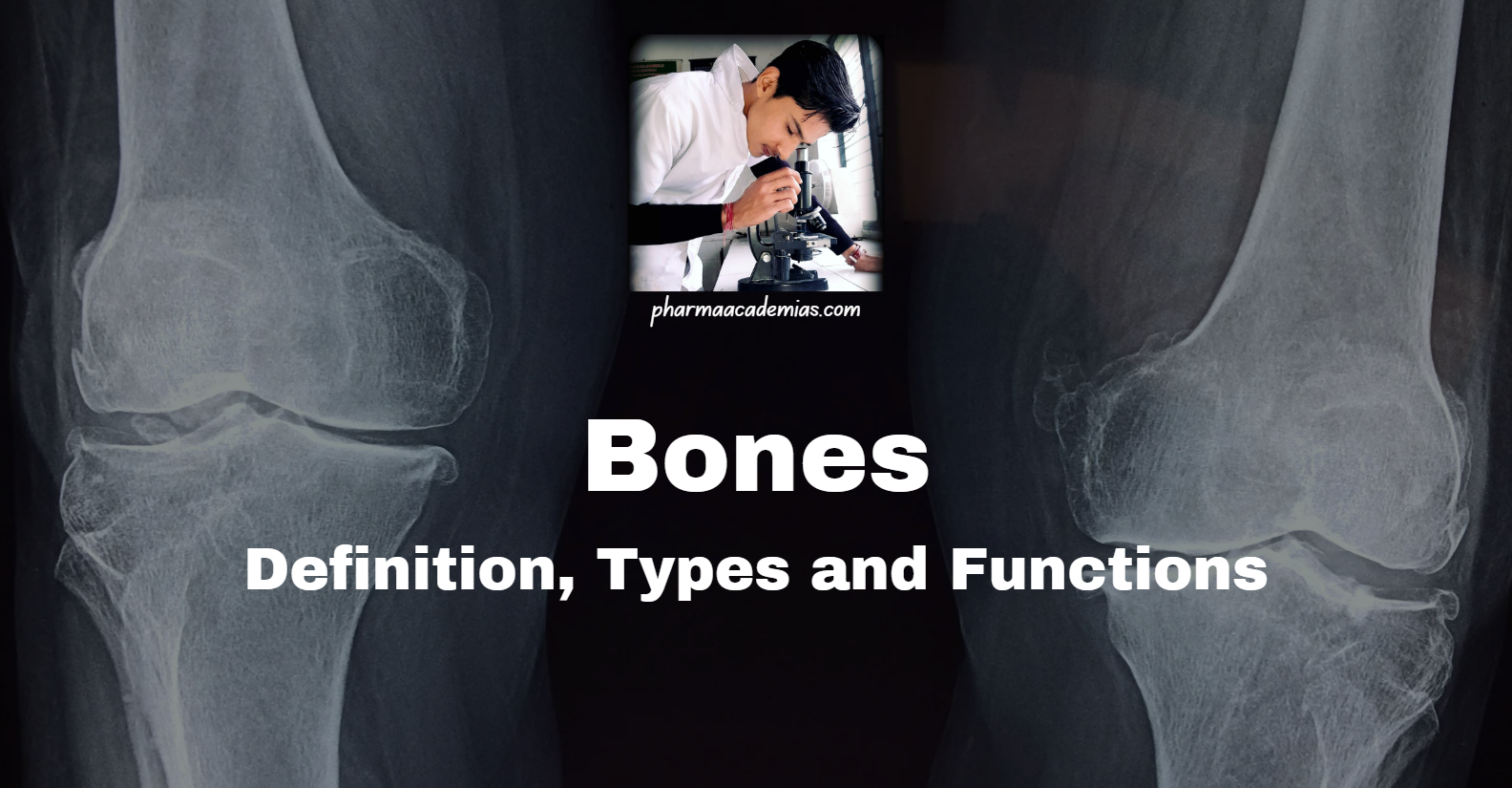Salient features and functions of bones of axial and appendicular skeletal system
Skeletal system Axial and appendicular skeletal system: The skeletal system is the structural framework of the body, composed of bones, cartilage, ligaments, and joints. It provides support, protection, and movement while also serving essential functions such as mineral storage, blood cell production (hematopoiesis), and endocrine regulation. Axial Skeleton system The axial skeleton serves as the … Read more










